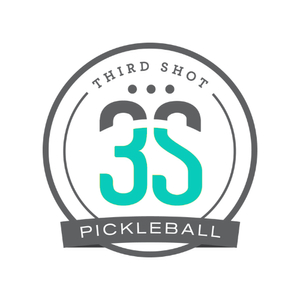Effective communication is the backbone of successful pickleball instruction. As a pickleball instructor, your ability to convey information clearly, concisely and with a tactical connection can make an important difference in the learning experience for your students. Let’s talk about three key aspects of effective communication that can help you be more effective when talking with your players.
Be Clear
When explaining drills or games, demonstrating technique, or providing feedback to help your players improve, it's important to use simple and straightforward language. If you can explain a concept in twenty words rather than thirty – do it! Even better, show your players what you want from them rather than only discussing it. The concept of say and show is prominent in our coach education program for exactly this reason. A great demonstration communicates messages to your players far more effectively than does a soliloquy!
Be Concise
As an instructor, being concise with your instructions is key to maintaining engagement, focus and giving your players more time to practice. Since every minute you’re speaking is a minute they aren’t hitting balls, avoid unnecessary details and get straight to the point. A helpful way to do this is to think about what you are going to say (to an individual or to the group) before you say it. Nobody wants to watch their coach try to figure out how to explain something – go through it in your head before letting it escape your mouth!
Include the Why
Whether you are introducing a new drill, providing tips during games or demonstrating a new technical skill, make sure your players understand why it is important. For example, instead of saying to your players: “You want to have a small backswing when playing a dink”, include the line “...because that will make it easier for you to hit the ball slowly and avoid a pop up”. Instead of advising: “You should try to hit your return to the backhand…” add “...because most players have weaker backhands and you’re more likely to get a poor return”. Connecting the what with the why is a good way to get buy-in from your players and make it more likely they do what you want.
Putting it All Together
Effective pickleball coaches are effective communicators. By being clear, concise and connecting the what and the why, you will find that your players better understand what you are asking of them and that they are more likely to try to do it well. And since you’re getting to the point nice and quickly, they’ll probably also have more time to work on these new skills!
By Mark Renneson
Founder and CEO of Pickleball Coaching International




